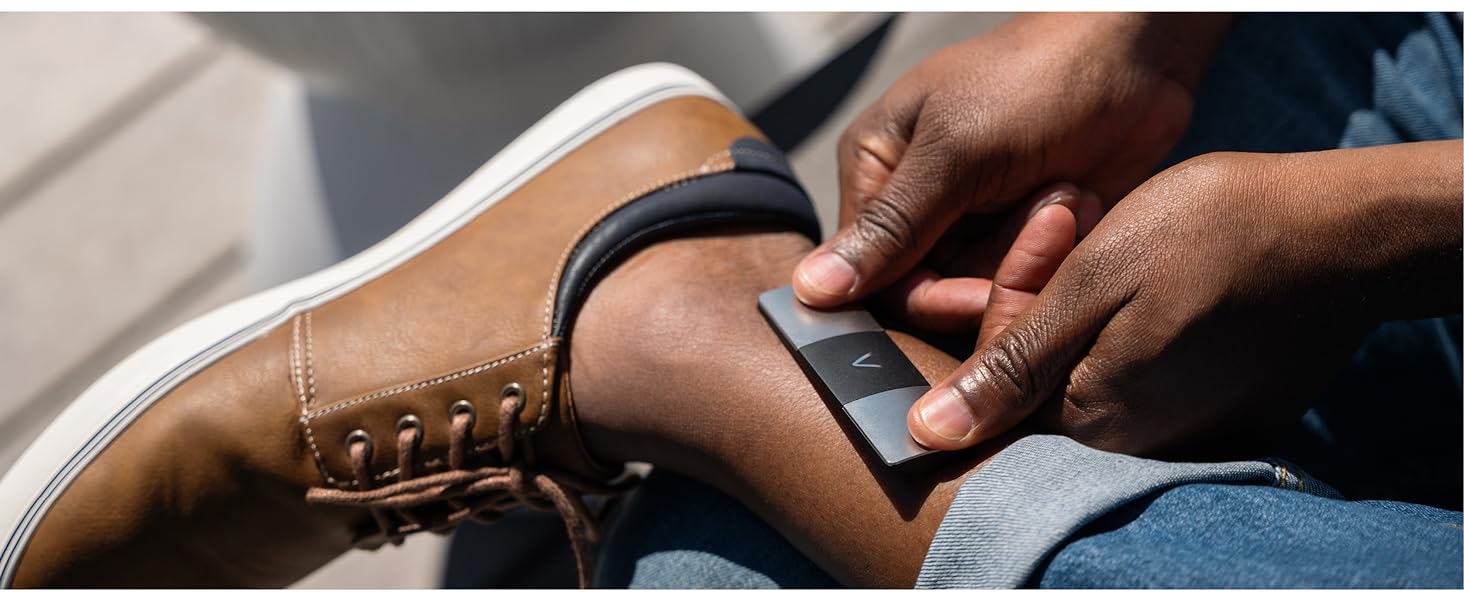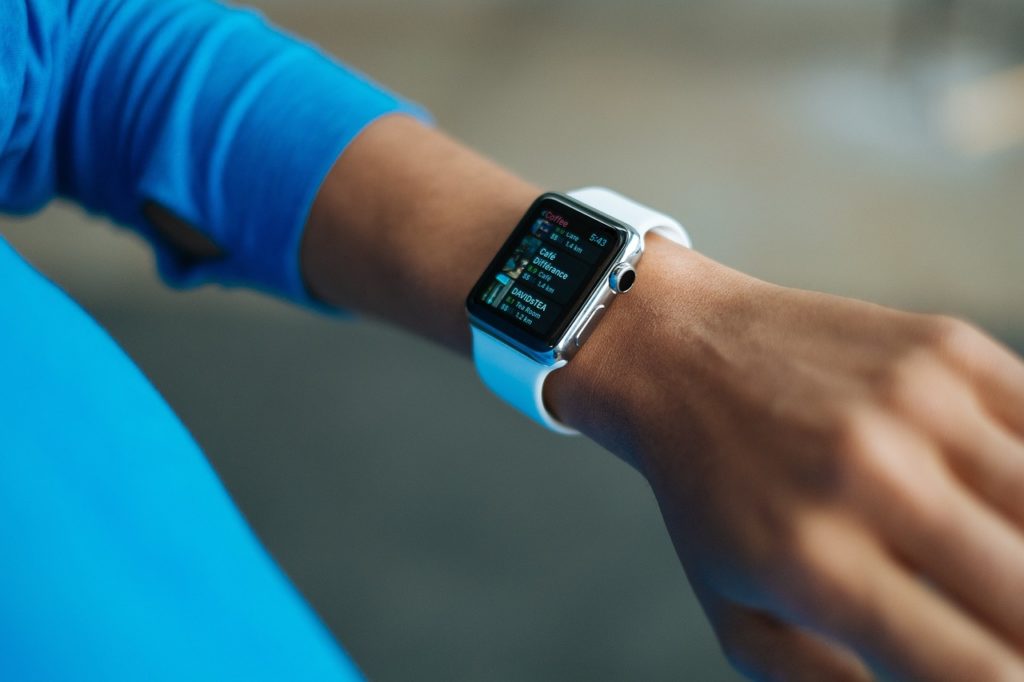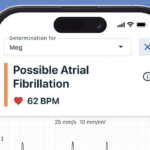Wearable technology has become a crucial tool for health monitoring. Among these, devices offering electrocardiogram (ECG) functionalities have gained significant attention. This blog explores the detailed heart data provided by KardiaMobile 6-Lead compared to popular smartwatches, explaining why six-lead ECGs offer more reliable and actionable insights. It is important to note that this information is not intended to replace professional medical advice; always consult healthcare professionals for health-related concerns.
The Evolution of Heart Monitoring Devices
Smartwatches have revolutionised personal health tracking by incorporating sensors that monitor various aspects of cardiovascular health. Apple Watch, Fitbit, and Samsung Galaxy Watch are among the top players in this market, offering single-lead ECG capabilities that have made heart monitoring accessible to the masses.
KardiaMobile 6-Lead, developed by AliveCor, takes a step further by providing a six-lead ECG, offering a more comprehensive view of heart health. This portable device, though not worn like a watch, can be easily carried and used as needed.
Single-Lead ECG in Smartwatches
How It Works
Smartwatches with ECG functionality typically use a single lead to capture electrical activity. Users place a finger on the watch’s digital crown or another sensor, completing the circuit and allowing the device to record an ECG.
Benefits
- Accessibility: Easily accessible for users who want quick heart health checks.
- Convenience: Integrated into devices already worn daily, adding minimal extra effort.
- Basic Monitoring: Useful for detecting irregular heart rhythms like atrial fibrillation (AFib).
Limitations
- Limited Data: Single-lead ECGs provide less detailed information, limiting diagnostic capabilities.
- Accuracy: While accurate for detecting certain conditions, they may miss more subtle or complex cardiac events.
- Regulatory Approval: Not all smartwatch ECGs have comprehensive regulatory approval across different regions, potentially limiting their reliability and trust.
Six-Lead ECG in KardiaMobile 6-Lead
How It Works
KardiaMobile 6L uses three electrodes to record six different leads of the heart’s electrical activity. Users place their thumbs on two electrodes while the third electrode touches the skin of the left leg or another part of the body.
Benefits
- Comprehensive Data: Six-lead ECGs provide a more detailed view of the heart’s electrical activity, capturing data that single-lead ECGs might miss.
- Enhanced Diagnostic Capability: The additional leads allow for better detection of a wider range of cardiac conditions, including more nuanced arrhythmias and ischemia.
- Clinical Use: Approved by medical regulatory bodies like the FDA, KardiaMobile 6L is often used by healthcare professionals for remote monitoring and diagnostics.
Limitations
- Portability: While portable, it requires a separate device rather than being integrated into a smartwatch.
- Usability: It may require more effort to use compared to simply wearing a watch.

Detailed Data Comparison
-
Accuracy and Depth of Data:
- Smartwatches: Provide a snapshot of the heart’s rhythm, useful for detecting obvious abnormalities like AFib but limited in scope.
- KardiaMobile 6L: Offers a detailed analysis of the heart’s electrical activity from multiple angles, providing a clearer picture and more accurate data.
-
Detection Capabilities:
- Smartwatches: Can detect basic arrhythmias but may miss complex or subtle issues.
- KardiaMobile 6L: Capable of identifying a broader range of conditions, including those that require detailed electrical activity analysis.
-
Clinical Integration:
- Smartwatches: Primarily consumer-focused, with some integration into health apps and medical consultations.
- KardiaMobile 6L: Designed with clinical use in mind, making it a more reliable tool for healthcare providers to monitor patients remotely.
Practical Use Cases
-
Everyday Monitoring:
- Smartwatches: Ideal for continuous, everyday monitoring due to their convenience and ease of use.
- KardiaMobile 6L: Better suited for scheduled checks and when detailed data is required.
-
Athletes and Fitness Enthusiasts:
- Smartwatches: Useful for tracking basic heart health metrics during exercise.
- KardiaMobile 6L: Provides more detailed insights post-exercise, helping to monitor the heart under different stress conditions.
-
Chronic Heart Conditions:
- Smartwatches: Provide basic monitoring, alerting users to seek further medical advice if anomalies are detected.
- KardiaMobile 6L: Offers detailed monitoring that can be shared directly with healthcare providers, aiding in the management of chronic conditions.
Case Studies and Real-World Applications
Case Study 1: Atrial Fibrillation Detection
John, a 45-year-old engineer, used his Apple Watch to detect irregular heart rhythms. The watch alerted him to possible AFib, prompting him to visit his doctor. However, the single-lead ECG was not detailed enough for a conclusive diagnosis. His doctor recommended using KardiaMobile 6L, which provided a six-lead ECG that confirmed the AFib diagnosis. This detailed data helped tailor John’s treatment plan effectively.
Case Study 2: Athlete Monitoring
Sarah, a professional runner, used a Fitbit to monitor her heart rate during training. While the smartwatch provided valuable data, she often experienced unexplained fatigue. Her coach suggested using KardiaMobile 6L for a more detailed analysis. The six-lead ECG revealed occasional episodes of bradycardia, allowing Sarah to adjust her training regimen and seek medical advice.

Technological Advancements and Future Trends
The integration of ECG technology into wearable devices continues to evolve. Future advancements may include:
- Improved Sensors: Enhancing the accuracy and detail of single-lead ECGs in smartwatches.
- Hybrid Devices: Combining the convenience of smartwatches with the detailed data capabilities of devices like KardiaMobile 6L.
- AI and Machine Learning: Utilising AI to interpret ECG data more accurately and predict potential cardiac events before they occur.
When it comes to heart monitoring, both smartwatches and the KardiaMobile 6L have their unique strengths and limitations. Smartwatches provide convenient, everyday monitoring that can detect basic heart irregularities, making them excellent for continuous use. On the other hand, KardiaMobile 6L offers a more comprehensive and detailed analysis, essential for accurately diagnosing and managing complex heart conditions.
For those serious about their heart health, particularly individuals with existing heart conditions or those requiring detailed cardiac monitoring, KardiaMobile 6L is a superior choice. However, for general fitness enthusiasts and those looking for basic heart health insights, smartwatches are highly effective.
Always consult healthcare professionals when interpreting ECG data or if any health concerns arise. This blog is intended for informational purposes and should not replace professional medical advice.


